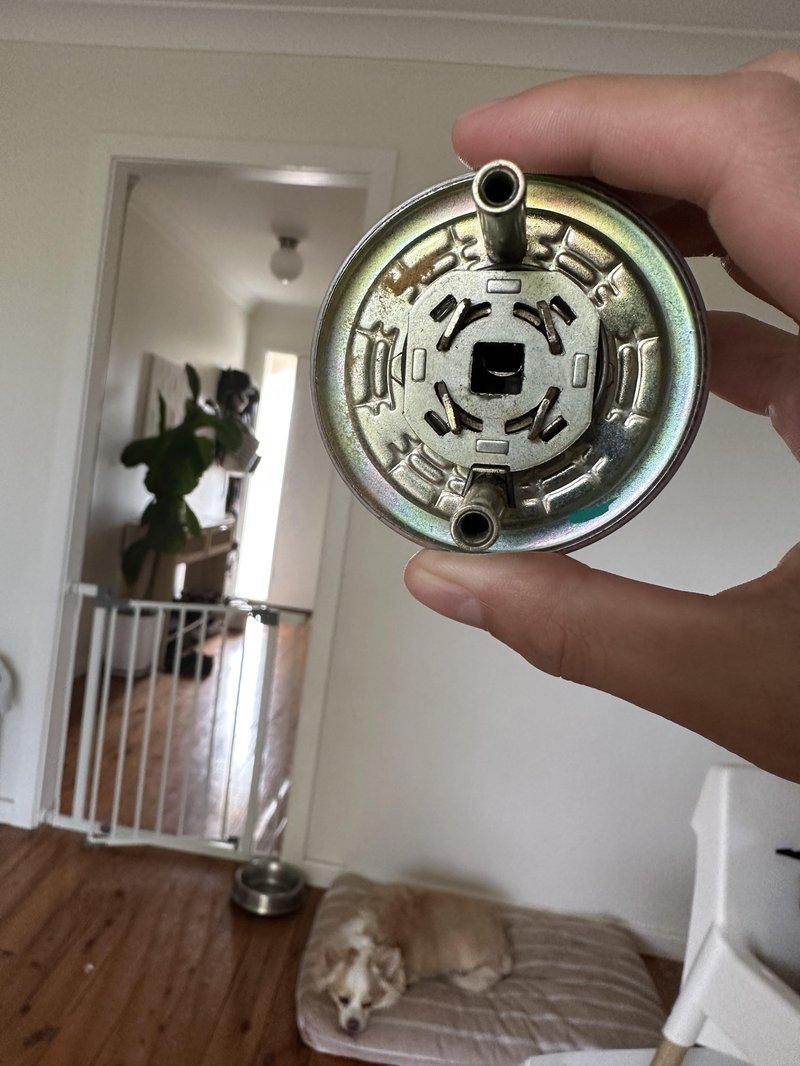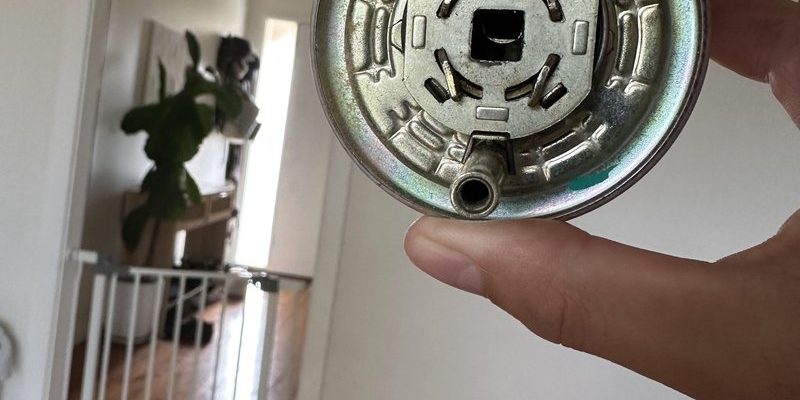
Let’s break it down. A door knob’s primary role is to allow you to open and close a door smoothly. When it spins without engaging the latch, it’s often a sign that something inside has gone awry. If you think of the knob as the handle of a bicycle, it should turn the wheel (or the latch) when you rotate it. If the handle spins but doesn’t move the wheel, it’s time to troubleshoot.
In this guide, we’ll walk through the typical reasons why a door knob might spin freely. From loose screws to worn-out parts, we’ll cover everything you need to know to get your door working again.
Common Reasons for a Spinning Door Knob
When your door knob spins freely, understanding the possible causes is your first step. Here are a few common reasons why this happens:
- Loose screws: Over time, screws can become loose, preventing the knob from properly engaging with the latch.
- Broken spindle: The spindle connects the knob to the latch mechanism. If it’s broken, the knob won’t operate the latch.
- Worn-out parts: Like any mechanical device, door knobs have components that wear out over time, especially with frequent use.
- Misalignment: Sometimes, the knob can become misaligned, meaning it doesn’t connect well with the latch.
Identifying the cause is essential for determining the right fix.
Loose Screws: The Quick Fix
One of the simplest reasons for a spinning door knob is loose screws. Think of it like a chair with wobbly legs—it won’t stand properly until you tighten those screws. Usually, the screws are located on the door plate or at the base of the knob.
To fix this issue:
1. Gather your tools: You’ll likely need a screwdriver.
2. Locate the screws: Check on the side of the knob or under the faceplate.
3. Tighten them: Turn the screws clockwise until they’re snug.
Pro Tip: Avoid over-tightening, as this can strip the screws or damage the knob.
Broken Spindle: What to Do
If tightening the screws doesn’t solve your spinning door knob, you might be dealing with a broken spindle. The spindle is the metal rod that connects the two knobs. If it’s snapped or worn out, the knobs won’t turn the latch.
To check for this issue:
1. Remove the knob: Use a screwdriver to take off the two knobs.
2. Inspect the spindle: Look for any signs of damage. If it’s broken, you’ll need to replace it.
3. Buy a replacement: Spindles can usually be found at hardware stores or online.
Once you have the new spindle, installation is as simple as reversing the removal steps.
Worn-out Parts: Time for Replacement
Over time, the inner workings of door knobs can wear out. This is especially true for low-quality or older knobs. If the spinning is accompanied by other issues, like a stiff turn or difficulty locking, worn parts may be the cause.
Here’s how to handle it:
1. Disassemble the knob: As with the spindle, start by removing the knobs and faceplate.
2. Check components: Look for signs of wear on springs, clips, or the latch itself.
3. Replace worn parts: If any parts look damaged, you can replace them individually or get a whole new knob set.
A good door knob set can last years, but regular checks can help catch issues early.
Misalignment: Adjusting Your Door Knob
Sometimes, the knob may spin freely because it’s misaligned with the latch. This can happen due to settling in the house or damage to the door.
To check for misalignment:
1. Visual inspection: See if the knob and latch are aligned when the door is closed.
2. Adjust the plate: Move the strike plate on the door frame slightly to ensure it’s lined up with the latch.
3. Test the knob: After adjusting, turn the knob to see if it engages the latch properly.
If adjustments are tricky, a little trial and error can help. Don’t be afraid to experiment until you find the right fit.
Prevention: Keeping Your Door Knob in Shape
After you’ve solved your spinning door knob issue, it’s wise to keep it in good shape. Regular maintenance can prevent future problems. Here are some tips:
- Check screws regularly: A quick twist every few months can keep everything secure.
- Lubricate moving parts: A bit of lubricant every so often can keep your knob operating smoothly.
- Inspect for wear: Keep an eye out for any signs of damage, especially if the knob is older.
By doing these little tasks, you’ll extend the life of your door knob and avoid that annoying spinning.
When to Call a Professional
Sometimes, despite your best efforts, you may find yourself stuck. If the problem persists after trying these solutions, it might be time to consult a professional.
Here’s why:
– Complexity of the mechanism: If the interior workings are complicated, a pro can diagnose and fix it without causing further damage.
– Safety concerns: If your door is jammed shut or won’t lock, it’s best for someone with experience to handle it.
– Upgrading components: If you’re considering a full upgrade to smart locks, a professional will ensure everything works seamlessly.
In summary, while a spinning door knob can be a nuisance, it doesn’t have to be the end of the world. By understanding the common causes and taking a methodical approach, you can have your door working properly again in no time. Whether it’s a quick fix with some tightening or a more involved repair, knowledge is key. Keep your tools handy and don’t hesitate to reach out for help if needed!
